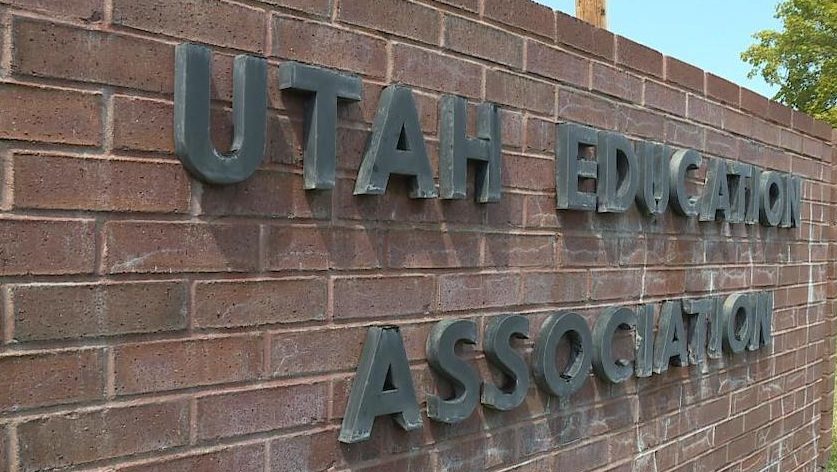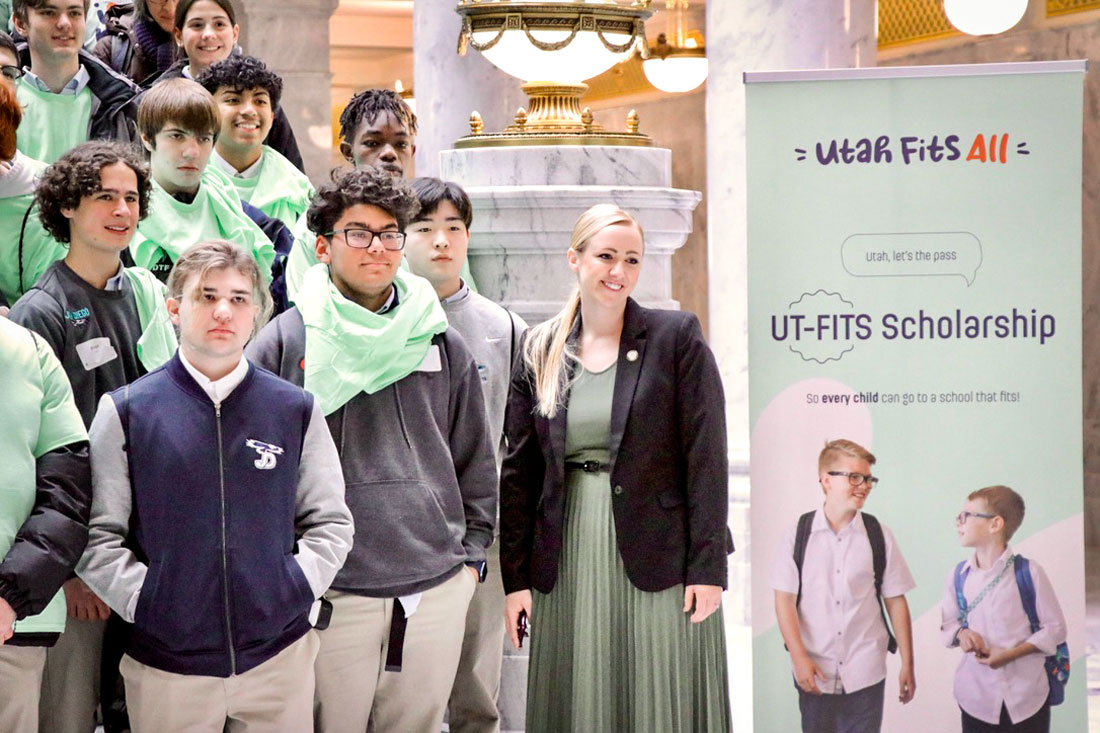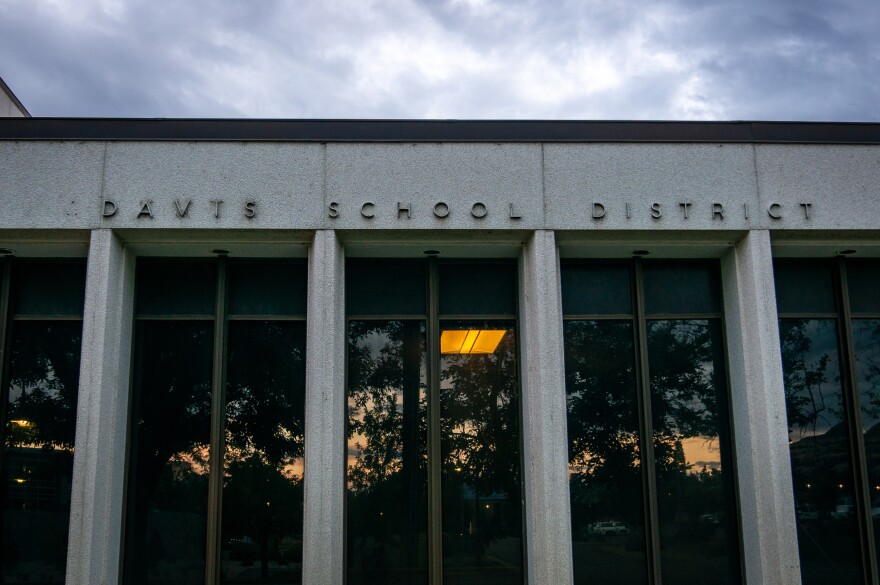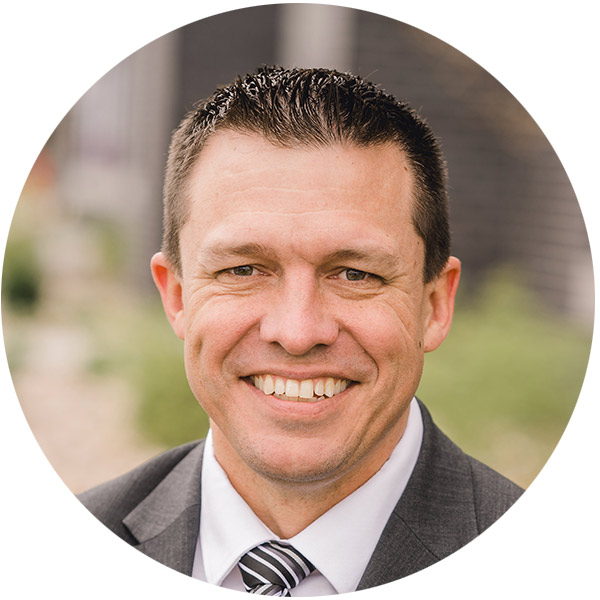Every year, the Utah Legislature passes hundreds of bills related to public education. While some do little more than clarify existing law, others reshape the educational landscape in meaningful ways.
Here are the most impactful education bills from this year’s legislative session—and why they matter.
The End of Collective Bargaining in the Public Sector
With the passage of HB 267, Utah became just the third state in the nation to ban collective bargaining for public sector unions, including police and firefighter unions. But the most significant impact will be felt in education.
The Utah Education Association (UEA) has far more members than any other public union in the state. But the number of members tends to be overemphasized in the media and by the UEA itself.
This legislation breaks a self-reinforcing cycle: unions fund political campaigns, those elected officials then boost pay and benefits for unions, and taxpayers are left without a voice in negotiations. Ending collective bargaining restores a balance of power and ensures that policy serves taxpayers—not special interests.
Public unions are expected to challenge this law through a referendum, so its long-term future remains uncertain. But for now, this marks a bold move toward transparency and accountability.
You can read more about this issue here.
Utah Fits All: Expansion and Adjustments
The Utah Fits All Scholarship received a much-needed boost in funding, with the legislature adding $20 million this year and committing another $20 million next year. This brings the total capacity to over 15,000 students—an improvement, considering that 17,000 students were left out of the program last year due to lack of funds.
In addition to funding, lawmakers made important changes to improve the long-term sustainability of the program:
- Oversight by the Utah State Board of Education was added to ensure responsible financial stewardship.
- Clarifications on eligible expenses were introduced, including limits on extracurriculars and PE courses, to ensure funds are spent primarily on core academics.
- However, one change raises concern: tiered funding based on education type.
- Private school students will continue to receive $8,000.
- Homeschool students will now receive $4,000 (elementary) or $6,000 (secondary).
This shift makes it harder for families using hybrid models, like part-time private school or microschools, to fully fund their educational plans. While it preserves access for homeschoolers, it may discourage innovation in Utah’s growing education marketplace.
A deeper breakdown of the changes can be found here.
More Places for Microschools to Grow
Sen. Fillmore and Rep. Tom Peterson expanded the kinds of spaces microschools can operate from. Last year’s legislation opened commercial buildings; this year’s bill added churches, museums, city buildings, and community theaters—places where families already feel comfortable sending their children.
This change makes it easier for education entrepreneurs to launch new learning models in their communities.
Career Focused Learning for High School Students
Two bills made important strides in offering nontraditional pathways to success:
Speaker Mike Schultz and Sen. Ann Millner expanded the Catalyst Center model—originally developed in Davis School District—to other parts of the state through a grant program. These centers allow students to work directly with industry professionals and earn career-aligned credit.
Rep. Val Peterson and Sen. Millner also passed legislation allowing students to earn their first industry credential while in high school—and continue credential stacking beyond graduation. This opens doors to immediate employment opportunities, without requiring a four-year degree.
Together, these bills reflect a growing awareness that college is no longer the only path to a successful career.
Culture War Policies Continue—But Choice Remains the Solution
In line with ongoing national debates, lawmakers passed a bill restricting which flags can be displayed in public schools, limiting them to national and international flags unless used as part of a lesson.
While some may view this as a move to depoliticize classrooms, Libertas has remained focused on broader solutions. Instead of trying to police ideology through policy, we believe the best way to resolve cultural tensions in education is by giving parents more options.
That’s why our work continues to center around Utah Fits All, microschools, and parent-led innovation.
Looking Ahead
These new laws signal a turning point in Utah education policy. From ending public-sector collective bargaining to expanding education choice and career focused learning, the Legislature is clearly committed to breaking away from a one-size-fits-all model.
More work remains. Funding for Utah Fits All must continue to grow to meet rising demand, and more flexibility is needed for families pursuing hybrid or innovative models.
But the direction is clear: Utah is leading the way in modernizing education, and parents are gaining the tools to build learning experiences that fit their children.
Curious about higher education changes? Read this article.









